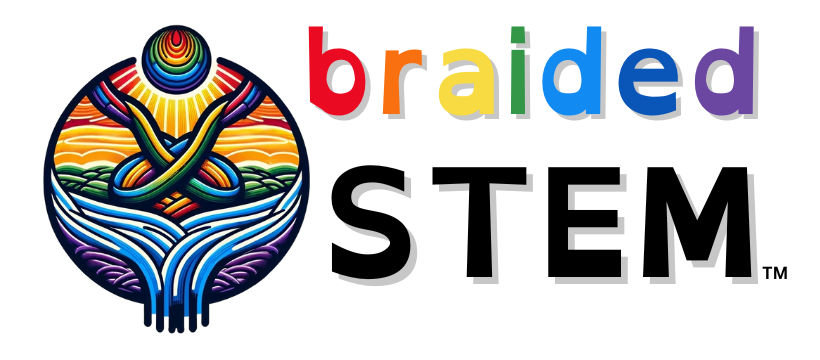Elementary School
REAL Primary Colors (NOT red, yellow, and blue)
If you ask a physicist, “What are the primary colors?” They would ask you, “Are you talking about light or paint?” The answer is different for light and paint but beautifully connected. The REAL primary colors of paint are NOT red, yellow, and blue – as taught in school until you reach physics – but…
Read MorePQRST Sciencing Journal V4 (recently UPDATED)
The PQRST Sciencing Journal is the A-Z (or at least P-T) template for helping your students process a phenomenon, play to learn, identify variables, design an experiment, conduct experiment to collect data, make a claim supported by evidence with scientific reasoning to explain it, and then keep thinking in questions. There are three versions of…
Read MoreMatchbox Car PQRST
This powerful lesson will not only teach students how to identify variables, design a scientific experiment, collect data, make a CER (claim, evidence, and reasoning) based on their experiment, and continue thinking in questions, it will also teach them girls can do anything! Using the inspiring story of…
Read MoreREAL Primary Colors PQRST
How does your eye see a red apple? Explore this question using a phenomenon driven storyline to engage students in exploring how the eye works and how we create color using light and using pigments. And, for physics sake, please let the experiment with the REAL primary colors,…
Read MoreSeven Essential Life Skills
The Seven Essential Life Skills from Ellen Galinsky’s book Mind in the Making. Este recurso está disponible en español AQUÍ.
Read MoreShapes Coding Game
Once your students master the beginning coding game, this is the next level. Use fun shapes and cube to engage young learners with mid-level and more advanced coding ideas. Shape Coding Game Directions Shape Coding Game Shapes Shape Coding Game Cube
Read MoreCheckerboard Coding Game
Use arrows with Velcro dots and code to insects or small animals. Checkerboard games from Dollar Tree make this a great #STEMontheCheap game.
Read MoreThree Little Pigs Coding Story / La historia de la codificación de Los Tres Cerditos
Use the classic Three Little Pigs story to let young learners engage with coding and computational thinking skills. Utilice la historia clásica de Los tres cerditos para que los jóvenes estudiantes se involucren con la codificación y las habilidades de pensamiento computacional. (Lección de español a continuación).…
Read MoreBeginner Coding Game
Beginner Coding Game Young learners can begin to learn coding concepts using this simple game. NOTE: Arrows and functions set up to match the colors used to code Cubetto robot. Once your students have mastered the initial coding game, this is the next level. Use fun shapes and cubes to engage young students with…
Read MoreFinding Habitable Planets – Activity 4
In this activity, students will learn that stars have different properties, such as temperature, size, and lifespan. They will also learn that stellar properties determine the conditions for planets around them, hence affect which planets might be habitable.
Read More
